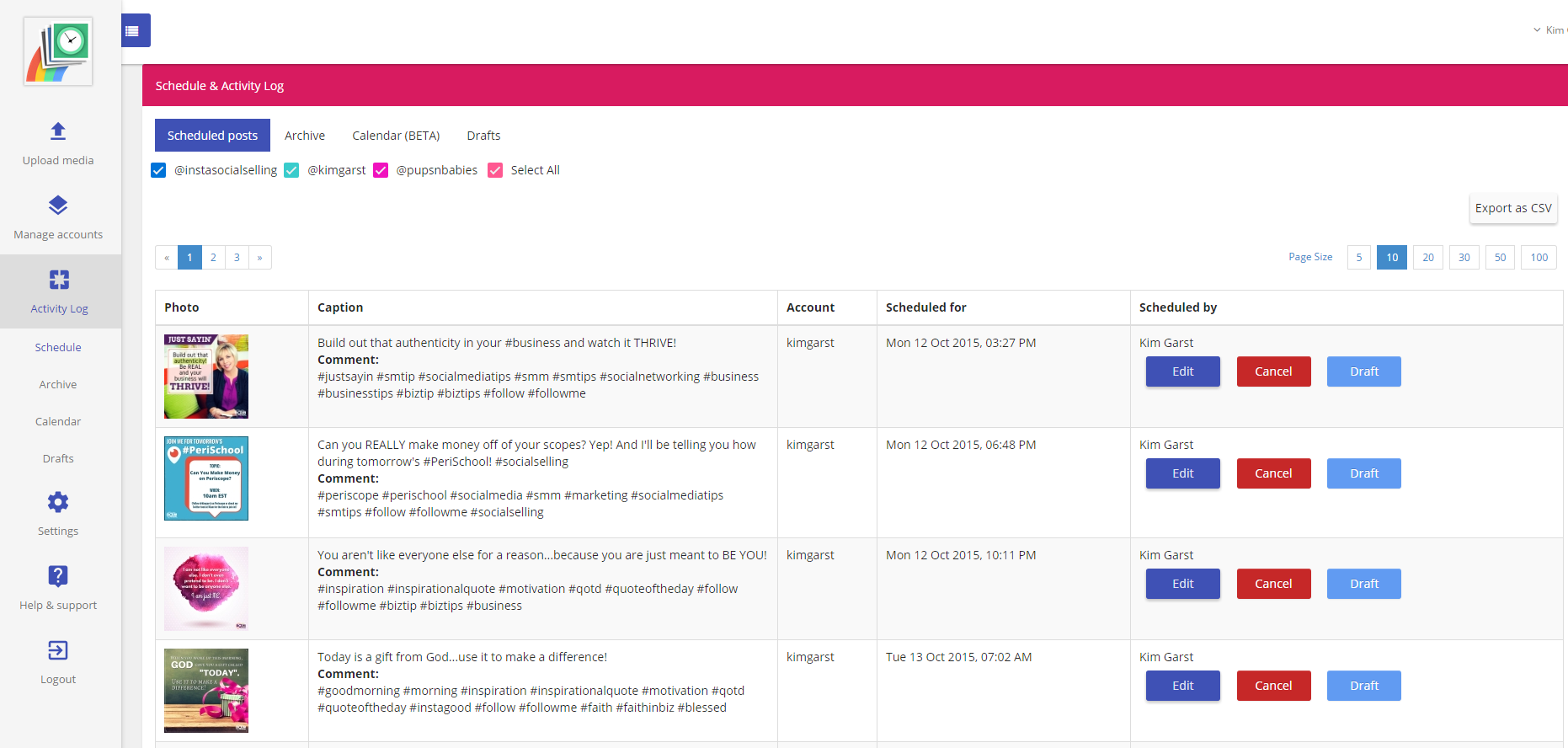
Your website’s calls to action (CTAs) are some of the most vital parts of the entire site. They aren’t just meaningless sentences; they’re the hands that guide traffic to leads, sales or your other ultimate goals. And while you can brand your calls to action and place them in a central location, how can you really make sure they’re irresistible?
A recent study by Hubspot of more than 40,000 websites shows that using plain language like “Submit” or “Download” makes the CTA much less effective than most people realize. Instead, you’ve got to spice it up, and make it appealing.
To do so, a great call to action needs more than just good design and placement — it requires an emotionally charged message. By tapping into an emotional appeal, you’re actually inspiring your reader to take action beyond the logical value of your CTA’s text.
Related: Crafting a Persuasive “Call to Action” on Your Site
Here are six emotion appeal strategies you can use to get results.
1. Fear
There are many different ways you can (tactfully) use fear in your call to action. Just remember, you’re not trying to scare a customer away — you’re trying to remind them of a fear they already have, and how your company help.
It can be fear of failure, being left out or change. Regardless, it must tie directly to what you’re offering. The sample below shows how QuickSprout taps into your fear of failure. Are you doing your SEO wrong? QuickSprout will tell you, and then they’ll help.
That can be a very powerful feeling to use in your call to action. Your audience may already feel like they’re a part of your special tribe, but you can take things a step further. Below is an example of how Hubspot uses this emotion in a friendly, encouraging call to action to “join your peers.”
3. Anger
It might seem unlikely, but anger can actually be an effective motivator. Sparking anger or irritation in your user can lead them to take action on your CTA.
This example, shared by Copyblogger, shows us that when the CreateDebate website encouraged viewers to “Argue Now,” they experienced a 45 percent boost in account starts.
Related: 5 Elements of an Irresistible Call to Action
If you’re reader is hooked and cares, don’t you want they’d want to join in on the argument?
4. Love
Want to encourage that wonderful feeling of love? Take a look at how eHarmony does it in order to activate the emotion of love its visitors are so desperate to find.
The CTA pictured below is clear and simple — and it gets people ready to register quickly by offering a fill-in-the-blank form. While the images (and entire site) contribute to creating a feeling of love, the specific language used in the call-to-action form contributes to the feeling that, just by signing up, you’re starting your journey to find your next soul mate.
The call to action suggests you can start communication now with your next partner. It is soft and subtle and works well. Using “Let’s go” helps to bring back some sense of adventure and romance into the online-dating world (just as the company itself has done). With this particular CTA, it’s clear that you’re not committing to your next marriage; you’re just starting a fun and lovely journey in the dating world.
5. Freedom
The decision for WeightWatchers.com to use freedom as an emotion is a very clever one, as it would be easy — and perhaps too obvious — to incite a feeling of guilt or sexiness in order to pitch a weight loss product.
If you’re trying to lose weight, chances are you don’t feel sexy — but you don’t want to feel any more guilt either. You’re already carrying around a bag of negative emotions. Instead, you want to feel empowered that you can and will be healthier — that you have the freedom and ability to change. This CTA below makes you feel like you can lose weight with Weight Watchers help.
That’s what makes this CTA successful: It’s capturing that feeling of freedom and self-empowerment. As the website says, you have nothing to lose by looking at its offerings — and getting started is only one click away.
6. Curiosity
The wonderful and lively global brand Virgin has always excelled at creating great content campaigns that feel fun and exciting. It’s simply a core part of who they are as a company.
As a result, it’s no surprise that, when launching the Virgin Hotel brand, Virgin.com used the message below to play off of the emotion of curiosity. The message is simple: You’ve heard about the new hotels. You may have even seen them. Now, why don’t you get a peek inside for yourself and “book now?”
It’s a very intriguing and very simple call to action, but it’s made even more effective by being paired with the value of a 20 percent discount for guests that book now. Don’t you want to see what’s behind the sign too?
Certainly, these are just a few of the different emotional CTAs you could create. I’d love to hear more about how you’re using them in your marketing campaigns.

























